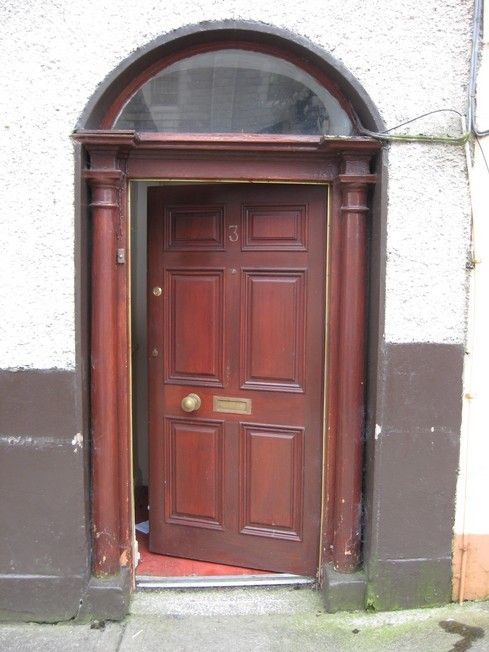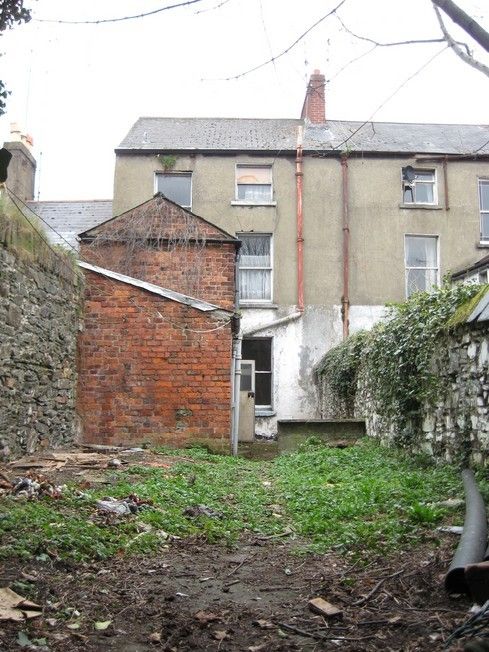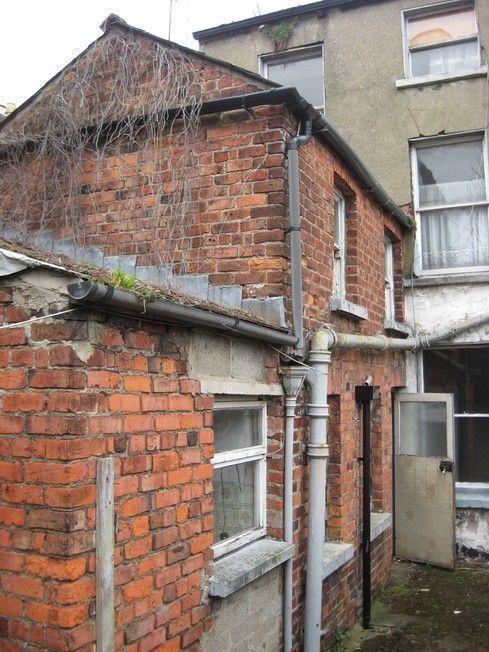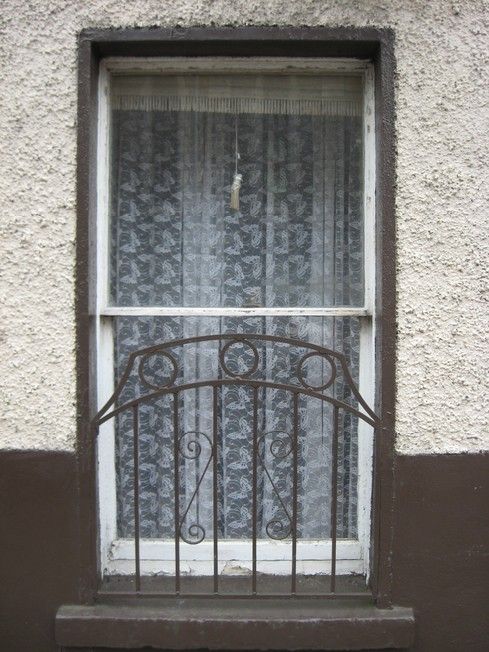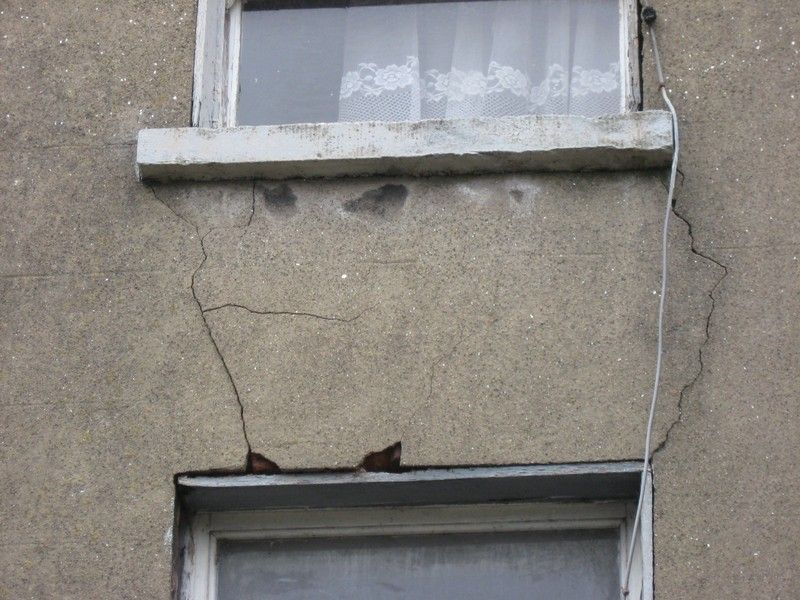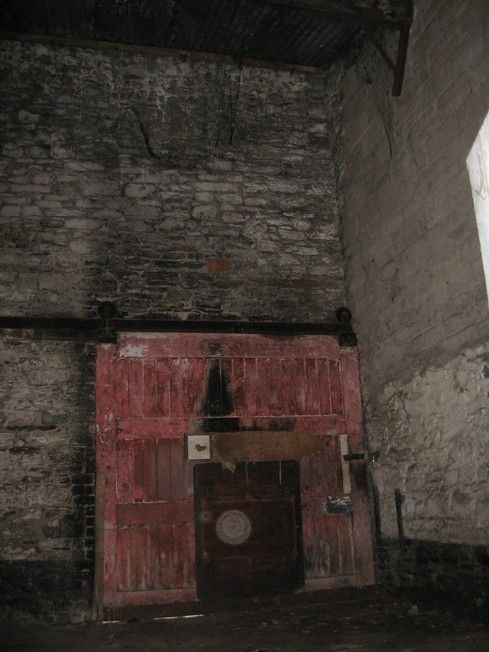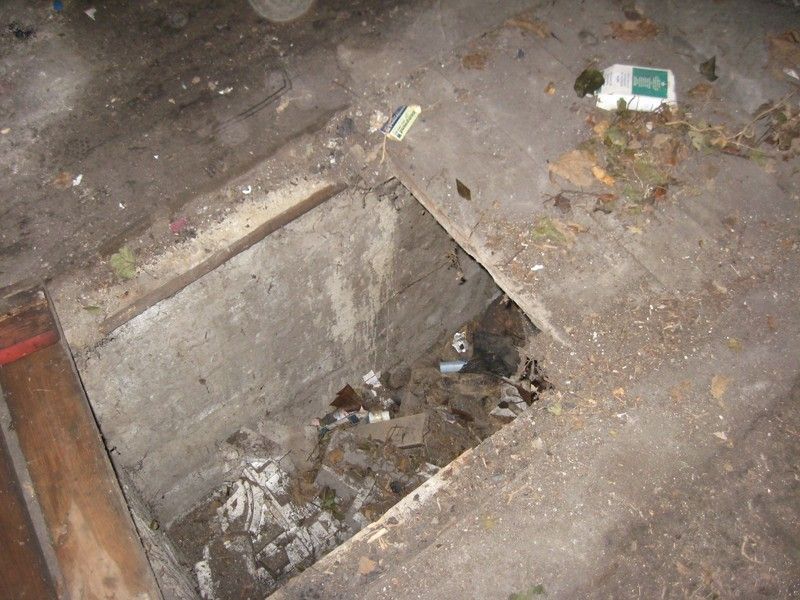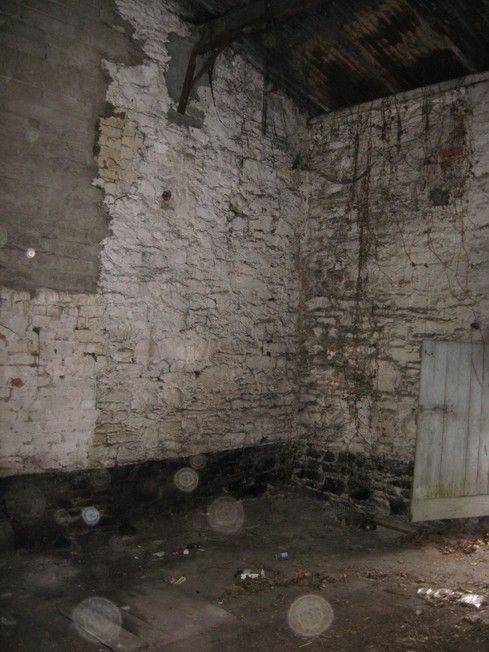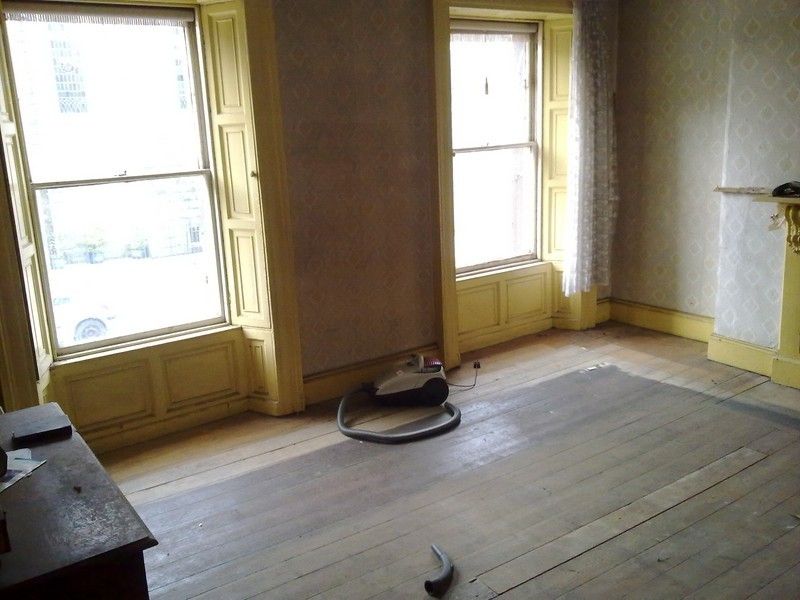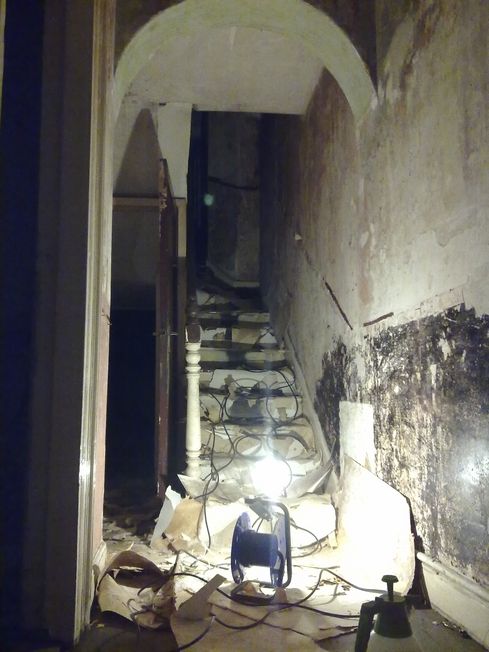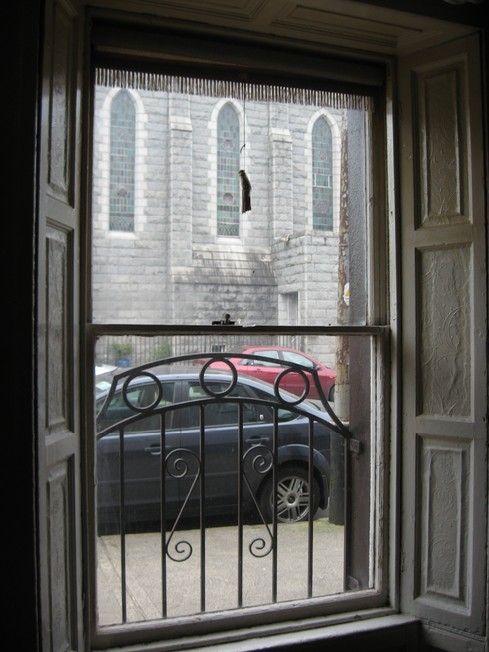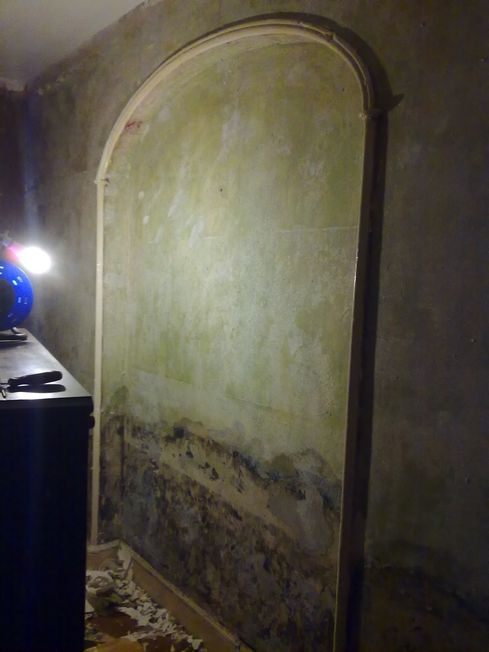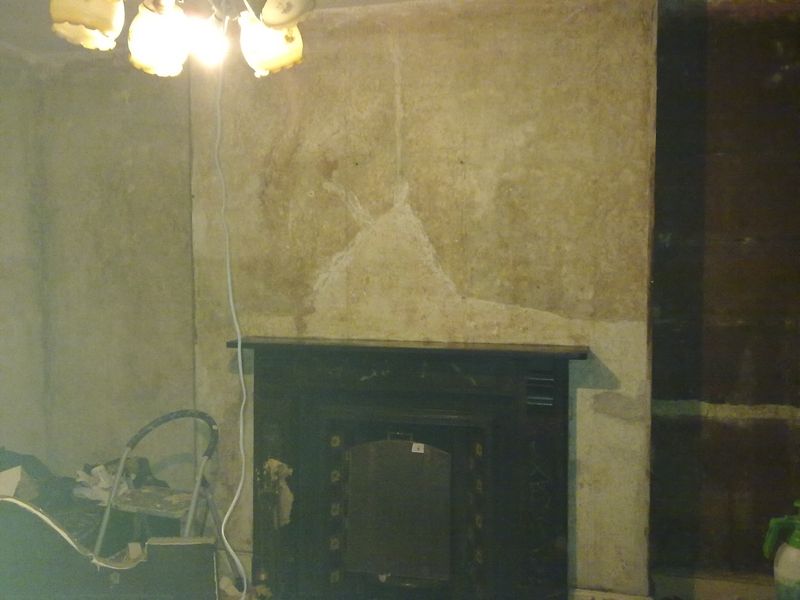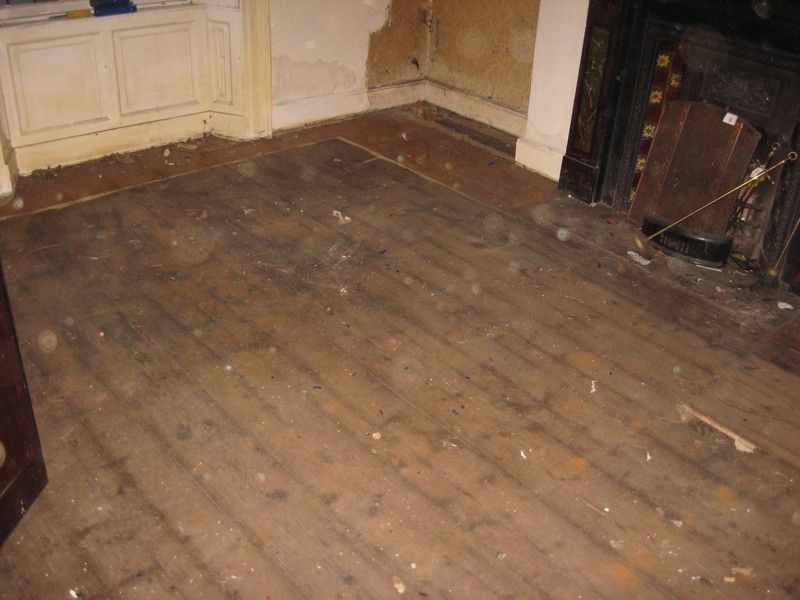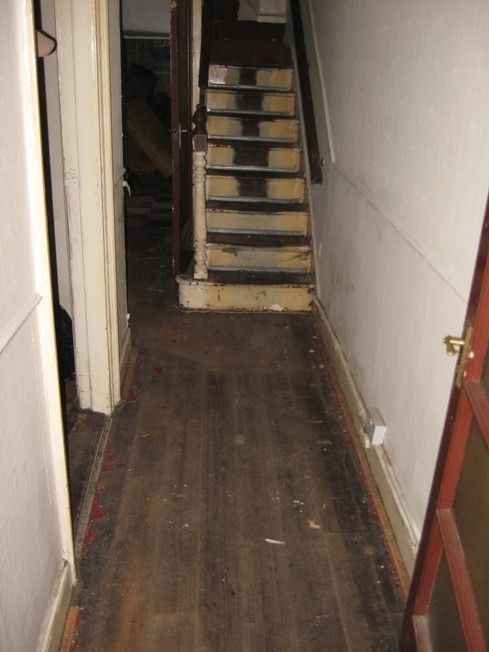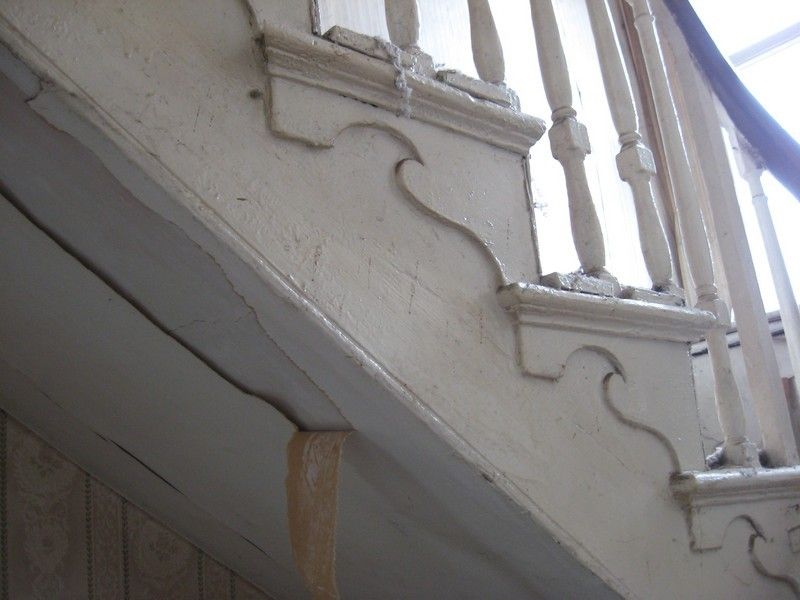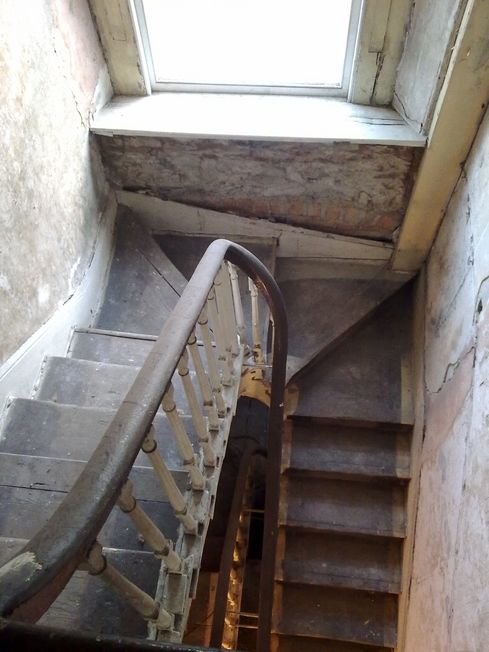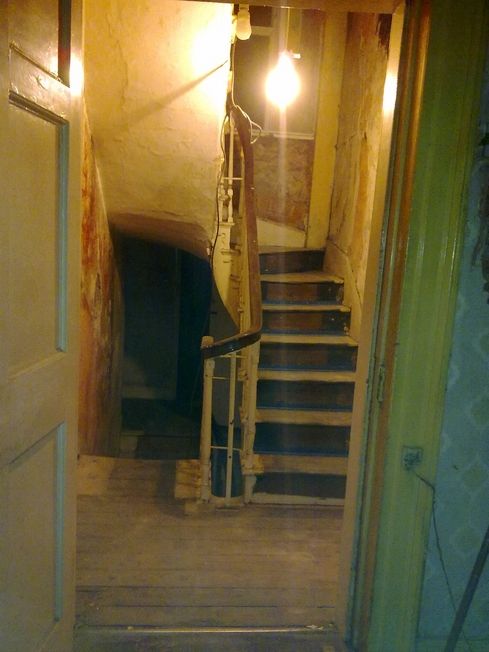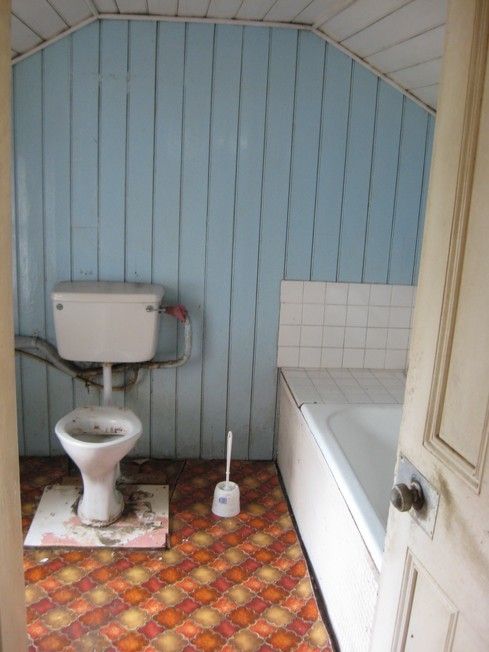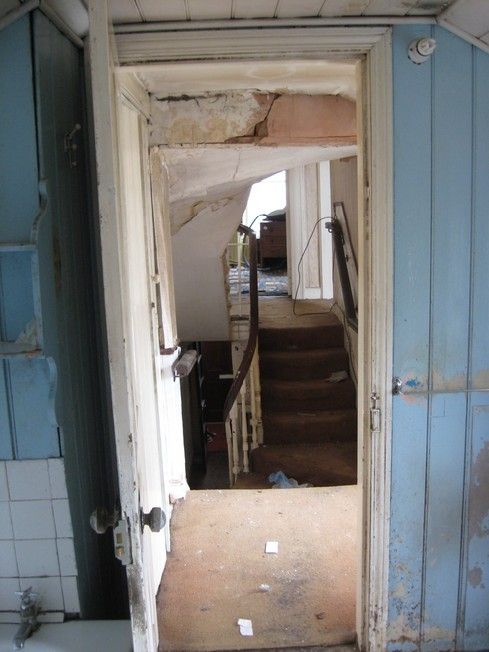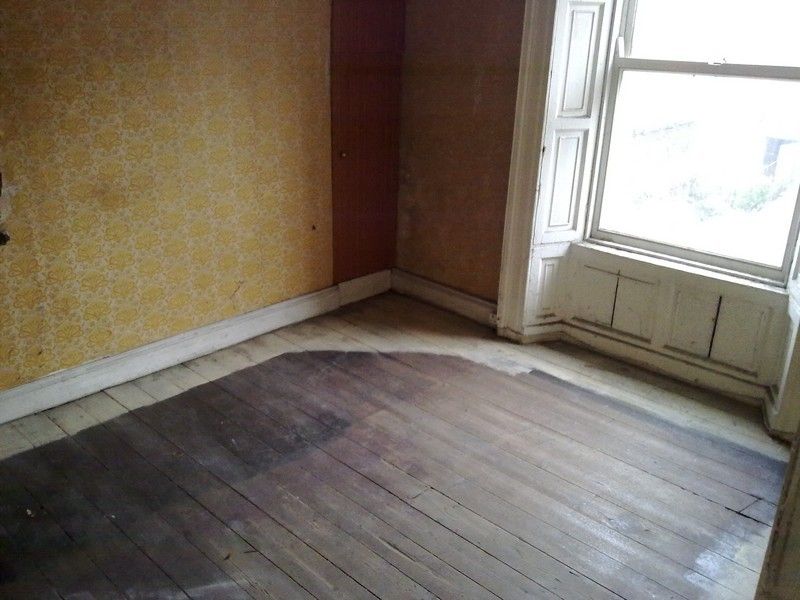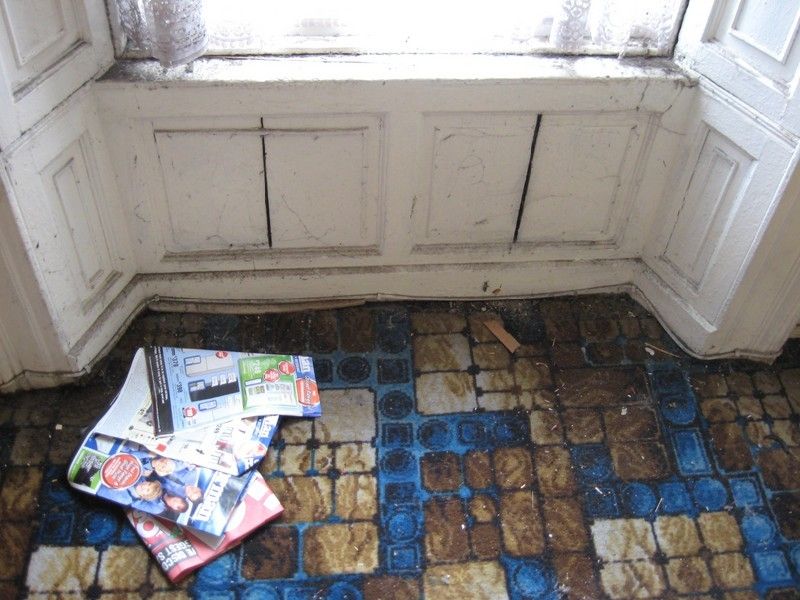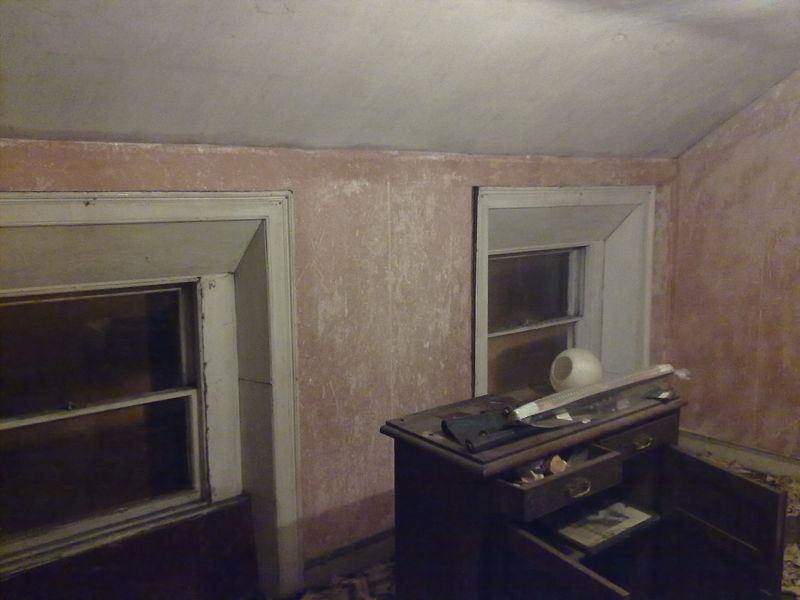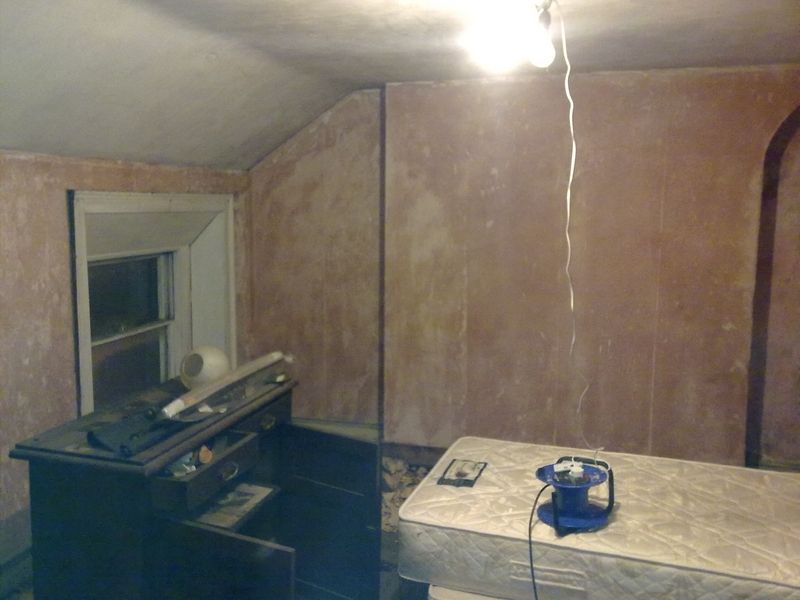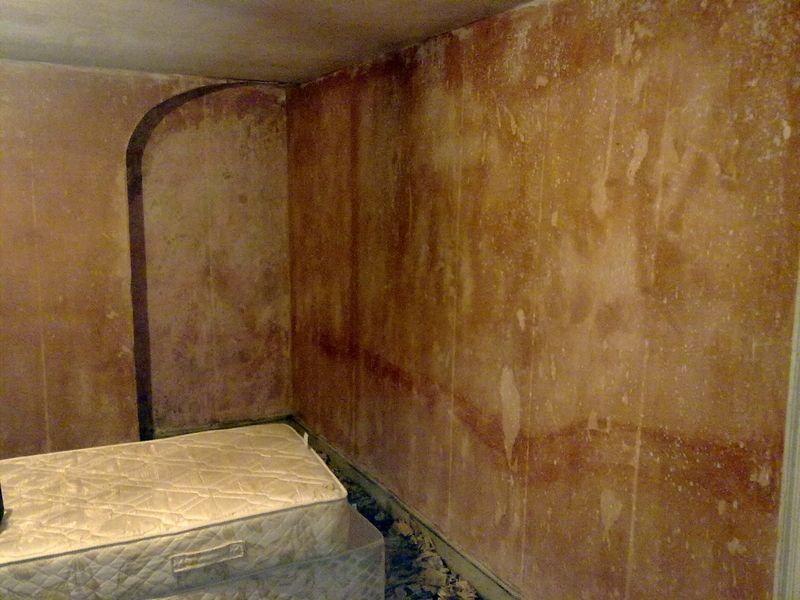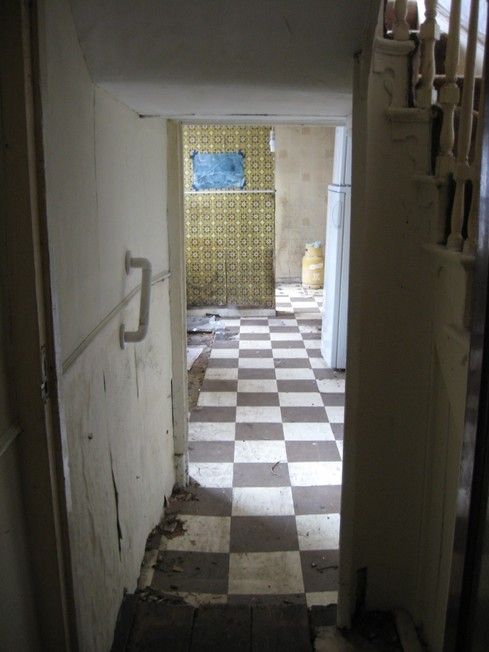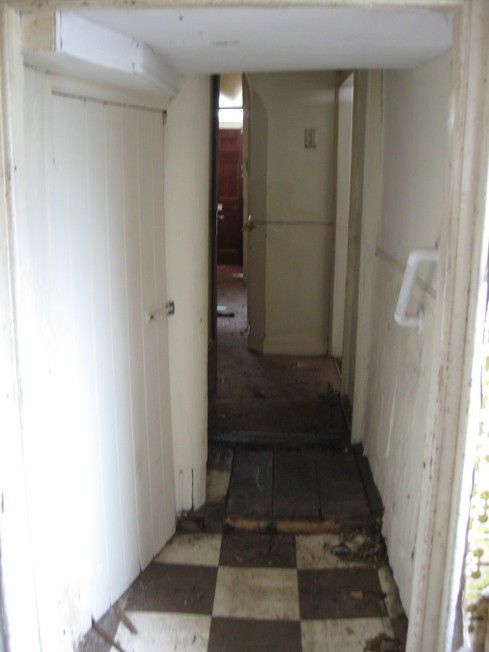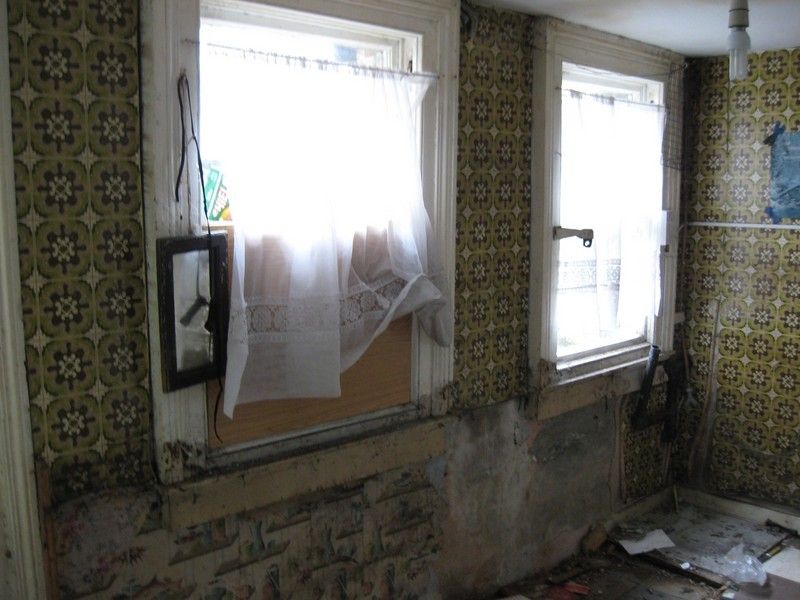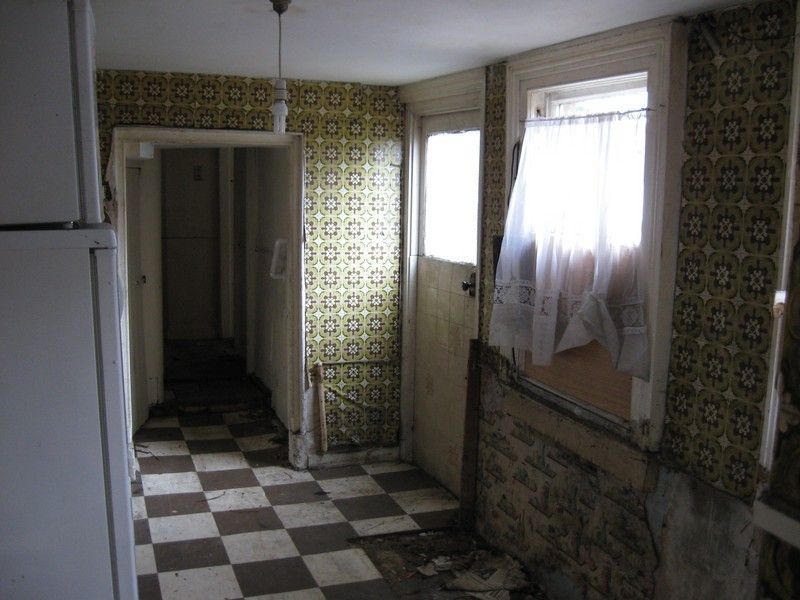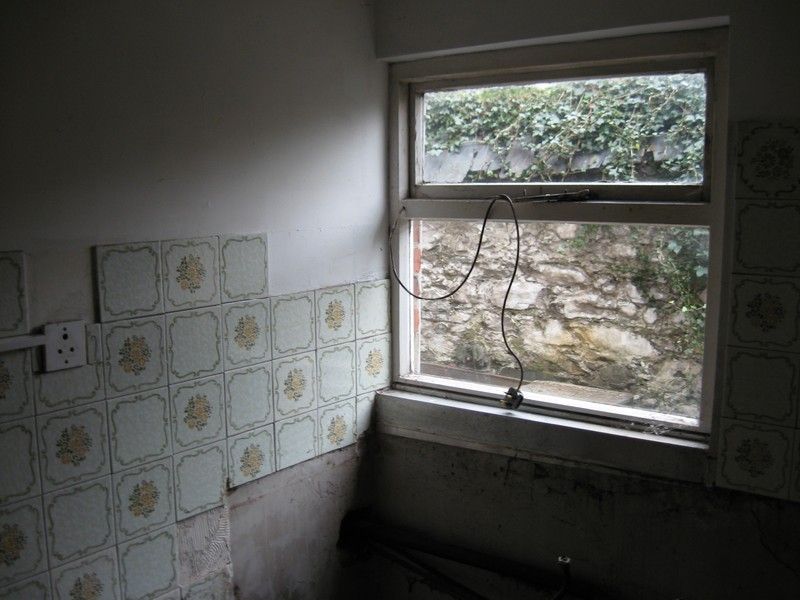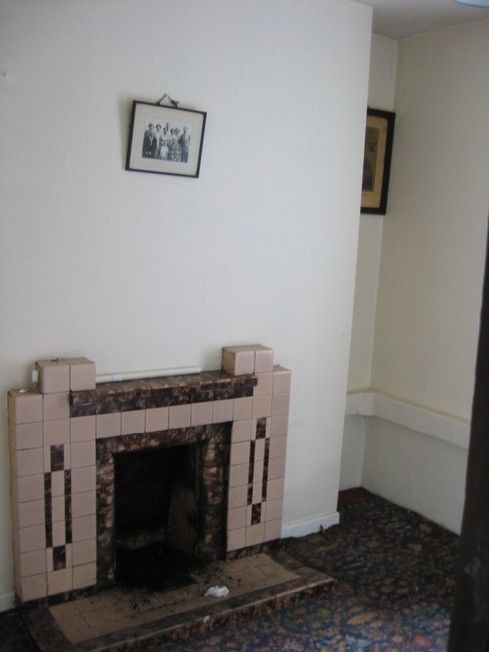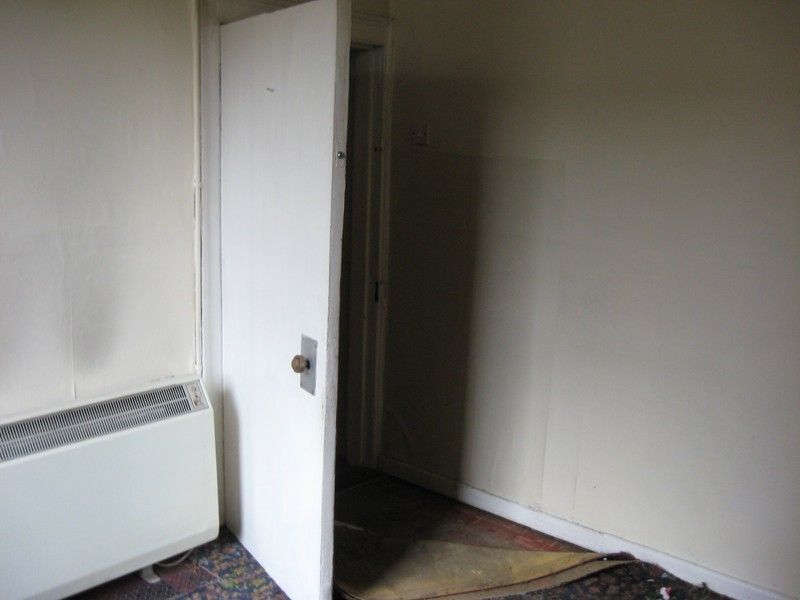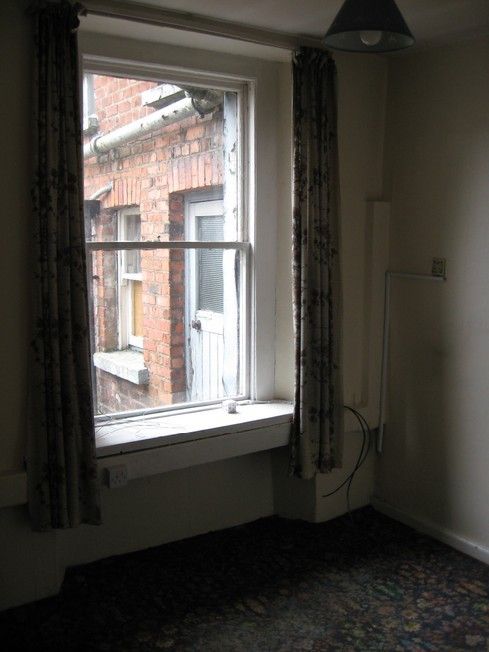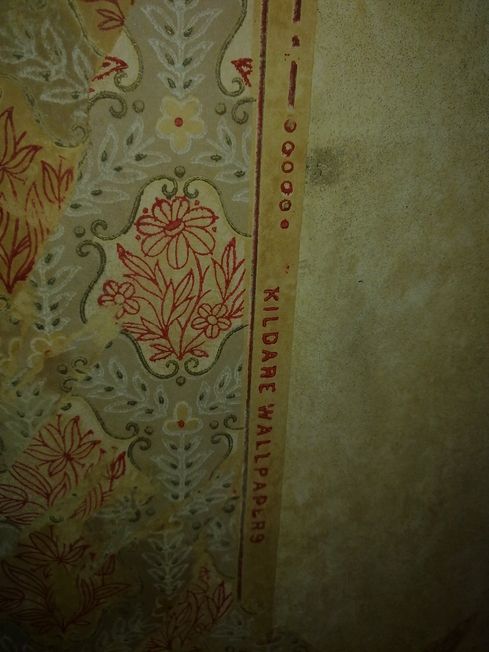Existing plans:
Below is the plan of the existing layout of the property, including an overhead plan and a view of the side elevation.
Areas marked in yellow denote areas of the house that are to be removed and in the case of window/door openings, replaced with brick, replacement doors or windows accordingly.
Existing location map and site plan:
Below is a brief overview of the site property, including the garden and mews to the south.
Proposed layout plans and elevations:
So here are the proposed plans!
No major changes in terms of additional building work, but still substantial thought and planning are needed to implement these ideas.
Ground floor
Starting with the ground floor, the proposal is to demolish and remove the 1950s/1960s red brick extension to the return. It is of poor construction and adds no real space to the return. Once it is removed, a new period door can be installed on the south face which will give access to the garden.
Staying with the return, the existing door to the garden is to be removed and replaced with a custom built sash window to match the other two. Internally, a new stud wall will create a small toilet and shower space. Clever partitioning in the form of folding doors will hide utility space for washer/dryer etc.
Moving into the main house, the rear room will become the kitchen space, with the rear window to be replaced by a custom built period door leading into the garden. This window is currently not original, with both sashes lost, as well as the entire shutterbox and associated decoration. Replacing it with a door that matches all the windows in the house in terms of profile and decoration would be a great addition (details of door below). This alteration is subject to planning.
The other main change to the ground floor is the opening up of the arch between the front room and rear room. The proposal is to insert a custom steel, arch-shaped reinforcement above the archway, embedded in the wall. This will provide the necessary load bearing required, once the brick/stone content of the archway is removed. A double door is to be installed of suitable period, as detailed below. However this doorway is not finalised, is subject to planning and may be left completely open (ie no door installed).
First floor
The proposal for the first floor of the return is to change it from the existing bathroom into a study or bedroom. The wall in which the door sits may be moved slightly to accommodate the new toilet space just outside this door.
The other two rooms on this floor are to remain unaltered and from front to back are to be living room and bedroom/study repectively (again to be decided).
Second floor
The second floor is also to remain unchanged structurally, with only the installation of the master bathroom in the rear room. The front room is to become the master bedroom.
Rear elevation
Where required, the rear windows are to be replaced with matching timber sash windows, 100% faithful to the rest of the windows. Glazing bars are still to be decided upon depending on cost.
All guttering and downpipes are to be repaired or replaced where required.
The existing render on the rear of the house is to be removed and replaced with a lime based render. Examination and repair of the window head on the first floor window will be completed before this work.
If allowed, the ground floor window opening is to be widened to accommodate the new door into the garden, details of the door below.
Front elevation
Front windows are to be repaired to original state. This work also includes the reinstatement of the glazing bars which have been lost.
The external render is to remain as-is for now.
New door detail:
Below are details of the new doors to be constructed. The first door is the external door leading from the kitchen to the garden and the second is the set of internal double doors between the kitchen and front room.
The architrave profile and panelling detail on the new external door are to match that of the existing windows. Glazing bars are also to match the thickness and profile of these same windows.
Internal double doors are to be decided upon, but the detail is as per the picture.
Window detail
Below is the detail of the final window look once the glazing bars are to be reinstated.
The windows are absolutely only to be repaired with original materials where required and replaced only when the entire integrity of the window has been lost. The windows will feature 4mm glass, weather stripping within the frames and general refurbishment of associated weights and parts.
On the rear of the house, if allowed, any window to be replaced entirely (with an original looking timber sash window) will feature 10mm Slimlite double glazing, as well as the ground floor external kitchen door.
Progression
As things stand, these proposals have been forwarded to the Louth conservation officer for review. An exemption from planning has been granted for the immediate refurbishment of the windows, so work is to begin within the next 10 days (fingers crossed).
A planning application is to be made for the other alterations to the house, including the removal of the return extension and installation of new doors and windows, the removal of the internal archway, the minor alterations on the returns first floor etc. The planning process takes 8-12 weeks.
Progress on the windows will be forthcoming, as will the installation of the bathroom on the top floor, as well as insulating the attic.
Stay tuned!










